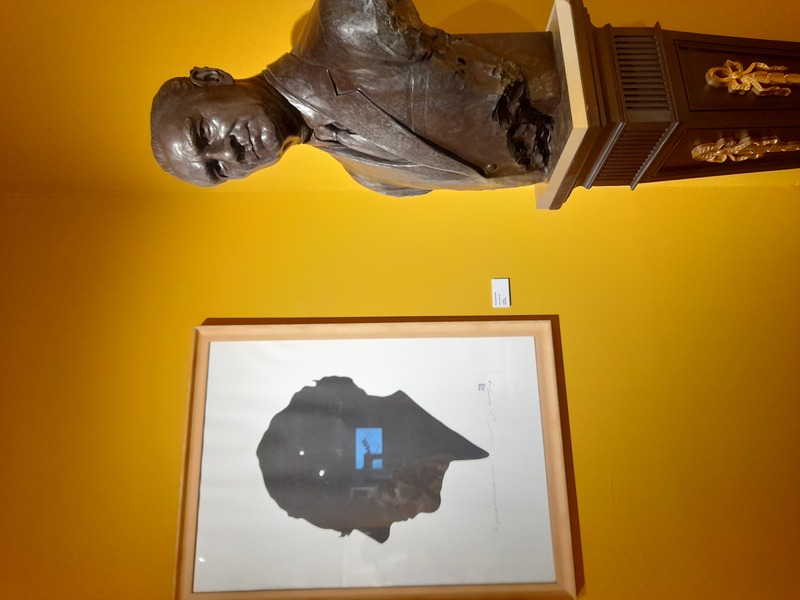Gentlemen’s Guide: Bangkok’s 5 Best Barber Shops
These top 5 barber shops in Bangkok are where gentlemen can elevate ...

The accomplished Italian sculptor and painter Corrado Feroci, better known in Thailand as Prof. Silpa Bhirasri, was not only a teacher sent by the Italian government to fill a position in the Siamese civil service, but he proved to be such a huge influence on the entire generation of young Thai artists, erecting the foundations of the modern era of Thai art modeled on the art institutions of the West.


On January 14, 1923, Feroci arrived in Siam to begin his tenure as a professor of sculpture at the Fine Arts Department. He was promoted soon after to the role of director of the Fine Arts Department, which was later reinstated as Silpakorn University. The scope of his teaching encompassed not only Western art theory and practice, but also charted a roadmap for his students on the art of living: “You have to learn how to be a human first, before you can learn art”, and “Art does not teach you how to draw, but how to live.” Little wonder that his many proteges like Chuang Moolpinit, Lawan Upa-in, Thawan Duchanee, and Chavalit Soemprungsuk became the leading artists of their generation, each furthering his legacy of reshaping and innovating the terrain of Thai art and culture in their careers.


To mark the centenary of Prof. Silpa Bhirasri’s arrival on Siamese shores, the Silpa Bhirasri Research Center, together with the public and private sectors, has organized “Remembering Silpa Bhirasri: 100 Years After His Arrival in Thailand”. Although few of his possessions were left, the mere mention of this commemorative exhibition attracted the interest of his former students and those whose lives he touched, all of whom were more than willing to share some of their memorabilia. As a result, there are rare photographs and historical documents that serve to reconstruct the professor’s life and career. Portraits and photographs with his students from different periods of his career are complemented by prototypes of his sculptural works and an archive that includes his original government contract and course syllabi.


Visitors to the exhibition will go home invigorated, ready to take up the challenge in the spirit of his widely-quoted adage:
“If I die… remember me, love me, and do nothing more but to keep working.”


These top 5 barber shops in Bangkok are where gentlemen can elevate ...
Wandering around the globe, try out the signature tastes of cultures across ...
Pets, as cherished members of our families, deserve rights and protections that ...
Sailorr and Molly Santana’s black grills fuse hip-hop swagger with homage to ...
What happens when Bangkok’s dining scene expands beyond the familiar. Ethnic border ...
The dark elegance of Frankenstein’s costume design reveals itself. Gothic and romantic ...
Wee use cookies to deliver your best experience on our website. By using our website, you consent to our cookies in accordance with our cookies policy and privacy policy